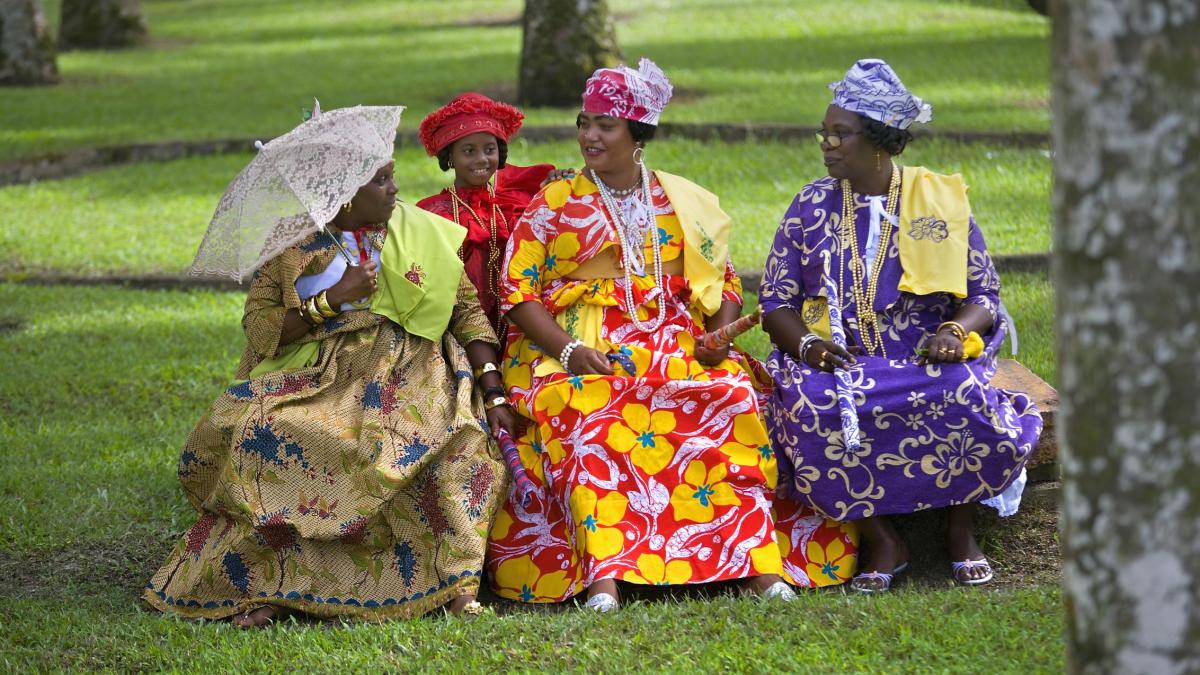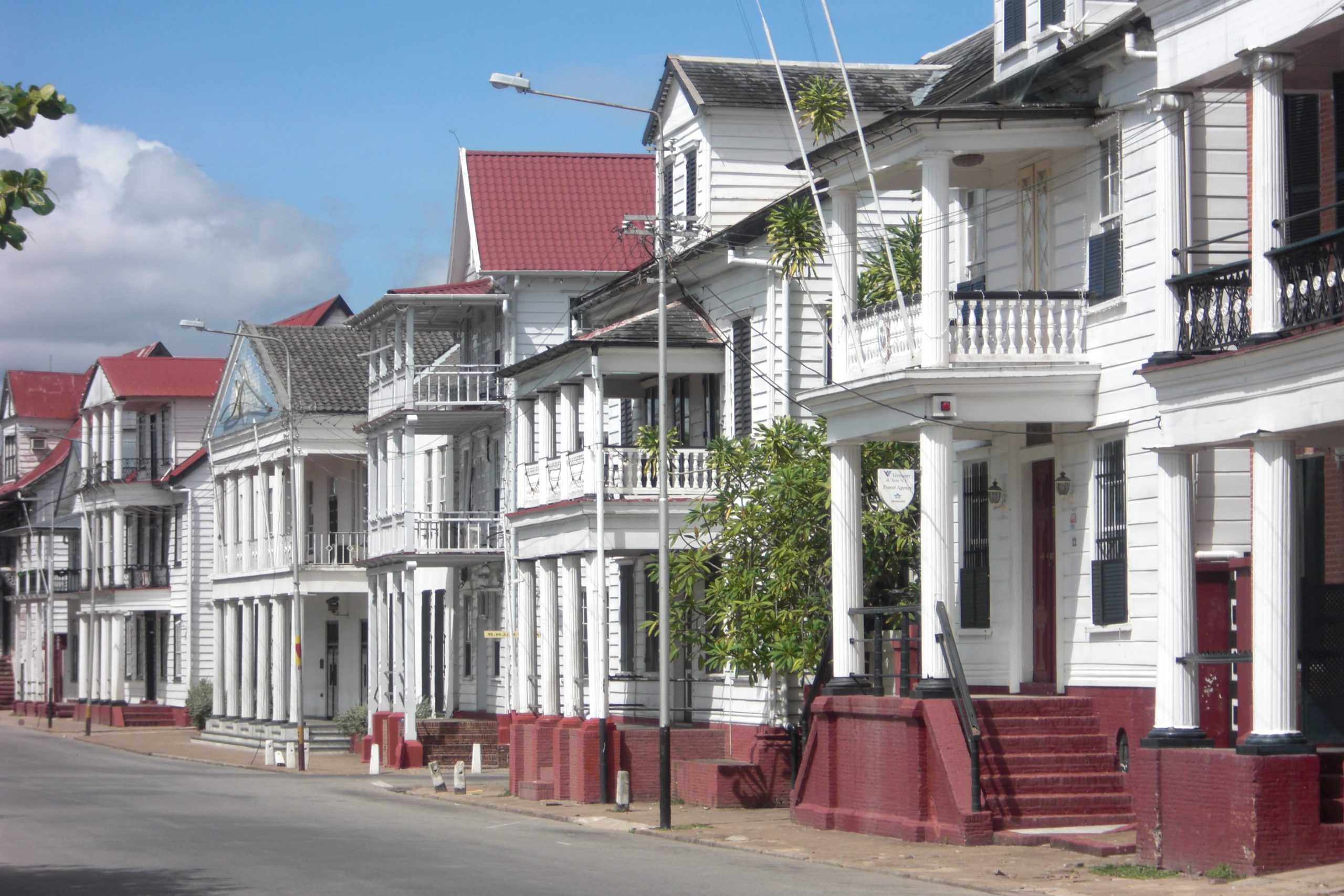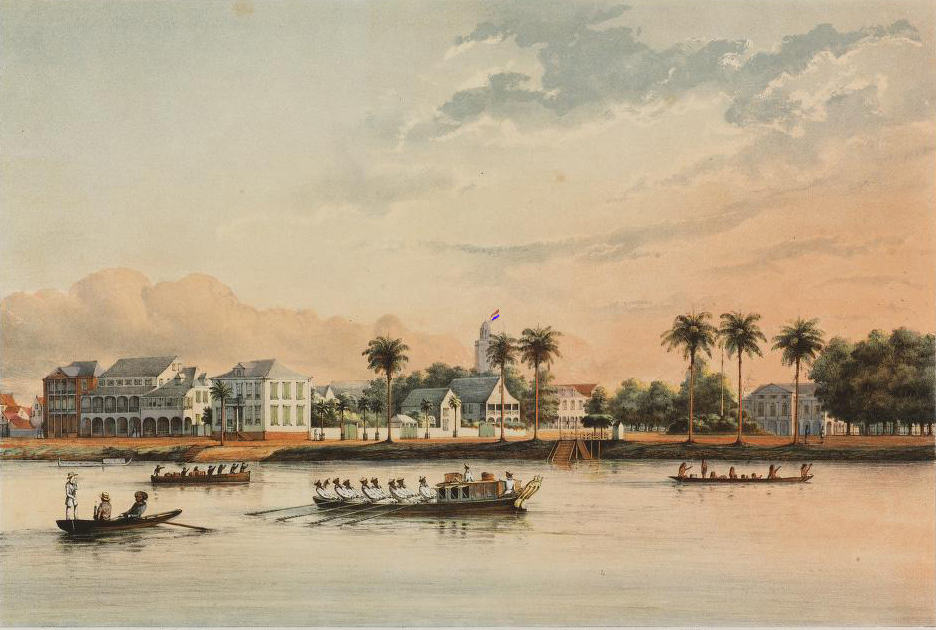Suriname is Proud of Multiculturalism in the Country

Only a swampy coast with a wild hinterland left Spaniards and Portuguese in South America to the Dutch. The smallest country on the continent is still clearly marked by its traces.
“Surreyham” was the name Baron Willoughby of Parham called the middle country of the South American Guyanas, for him it was the Garden of Eden: “A truly heavenly place that produces wonderful land, proud trees and fine wood.”
In 1667 the English had to exchange their tropical gem for a cold streak in North America. While they received the Treaty of Breda Nieuw-Amsterdam, later New York, Suriname became the property of the Dutch. They secured their new acquisition with Fort Zeelandia, which is now a museum of colonial history that ended with Suriname’s independence in 1975.
The brick fortress is reflected in the Suriname River, which rolls towards the Atlantic. Broad and sedate like the women who sell shawls, necklaces and jewelry made of cores in the shade of tall mahogany trees.

From the high pedestal, Queen Wilhelmina looks at the domiciles of her officials. The white wooden villas line the “waterfront” of the capital Paramaribo. 230 of them survived major fires, the end of slavery (1863) and the civil war (1986–1992). Paramaribo now has a completely preserved colonial capital.
The special thing about it: The Dutch have adapted their traditional building culture to their new home – with hardwoods instead of brick and high, steep roofs that can withstand tropical rain. The old town has been a UNESCO World Heritage site since 2002 and has been extensively restored.

With their bright facades, green shutters and red roofs, the buildings take up the colors of the green, white and red national flag. In the middle is a golden star – a point for each of the five ethnicities.
When the first knights of fortune and adventurers arrived from Europe, Suriname was mostly populated by Indian peoples who, like the Caribbean, had long resisted colonization. It was only through the settlement of African slaves and later Indian and Chinese day laborers that Suriname became the colorful mixture of peoples that today boasts the “first multi-cultural society in the world”. You can see in the Keizerstraat that this is not just propaganda: The largest mosque in the Caribbean is right next to a no less small synagogue.

The old plantation land of the Dutch begins where the Suriname River merges with the Commewijne River to form a kilometer-wide stream and cute dolphins with pink bellies splash in the water. It was once secured by the Fort Nieuw-Amsterdam. Today little caimans frolic in the moat between the bastions, water lilies cover pools and ponds.
In the abandoned prison, photographic art by Nicolaas Porter hangs on the walls covered with bullet holes; they are somber images of descendants of African slaves in Suriname. Porter was awarded the World Portrait Prize in 2012 for his work.
Dutch built windmills
Nearly 200 slaves worked on the north bank of the Commewijne River on Frederiksdorp in the mid-18th century. A German immigrant, Johan Friedrich Knoffel, created the plantation in 1747. It later became the property of Dutch settlers who built straight canals, locks and windmills. They turned the swampy subsoil into fertile polderland. The cultivation of sugar cane, cocoa and coffee has provided good profits for decades.
“I’ll show you something,” says Manuel Hagemeijer, pointing to a concrete area behind the manor house through which individual blades of grass have drilled into the light. “This is the oldest dry coffee floor on the continent!”
Little more had been preserved when Manuel’s parents took over the completely neglected property in 1976. The father had fallen in love with the country during military service, which he had to do as a Dutchman in Suriname in the 1960s.
A year after independence he made his dream come true. He bought Frederiksdorp and rebuilt the plantation according to old plans – so true to the original that he himself brought the former dungeon up to scratch. His son Manuel proudly shows faded photographs that document the mammoth task.

In the meantime the family has given up farming and converted the property into a hotel with six nostalgically furnished holiday apartments. Part of the cost was borne by the Suriname Integrated Tourism Development Program, which in turn is supported by the European Union.
Some apartments can be reached by stairs. These are particularly popular, explains Manuel on the tour. “Because houses on high stilts used to signal the high rank of their residents.”
Villages of escaped slaves in the forest
On our tour we get to know Leen Bakker, another Dutchman. He was drawn to the interior of Suriname: Surrounded by impenetrable rainforest, which still covers 87 percent of the country, the tall Mijnheer from Holland runs the “Danpaati Lodge” with his wife from the Seychelles.

From the hammocks dangling on the verandas of their eleven huts, the view glides over granite rocks to colorfully painted canoes on the sandy banks of the Suriname River. Only up to Atjoni, three paddle hours upstream, had the Netherlands shaped Suriname – with its language, its legal system and Christianity.
The road ended in Atjoni. To this day, you can only go further inland by boat. Escaped slaves had fled to this inaccessible region in the 19th century. They built their villages on clearings in the forest that were not visible from the river – and preserved their West African culture. With Winti spirits and voodoo, with their own jurisdiction and their own language.
Boes Negre, Buschneger, they proudly call themselves – they call the Maroonen or Marrons the politically correct Dutch. The former colonial masters in Pikin Slee financed the first Afro-culture museum in Suriname. Access is granted by an “Asamapa”, a ghost scraper made of palm fronds, as can be found in every village.
Artfully carved doors provide a view of spacious women’s shelters, where all possessions are kept on a wall shelf – from dishes to T-shirts. The men’s huts with a pointed roof are smaller and only have one bed. “With us, the couples don’t live together,” says one villager. As if to prove it, he approaches three women standing aside, hugs them one after the other and says: “Every man can marry as many women as he can care for us.”
But as far as the land of the Marrons is culturally distant from the Dutch coastal strip, a colonial holdover can be found even in the deepest bush – braking thresholds. On the unpaved paths, they act like fortifications against reptiles. At least.










